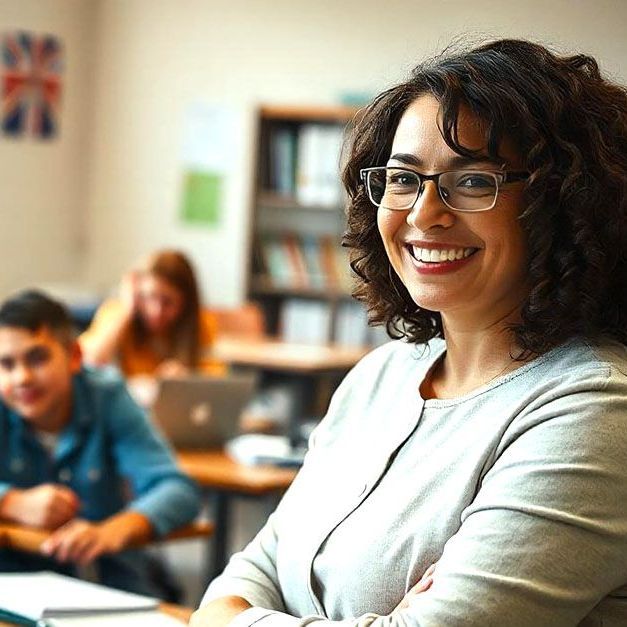Formula For Classroom Success
Series Post #5 Planning
I’ve mentioned several times before here on the blog that planning is one of my favorite parts of teaching. I truly do believe, though, that without a plan – good or great – you just aren’t going to have the same success as you would without one at all. Yogi Berra said, “If you don’t know where you are going, you might end up some place else.” That kind of lack of direction creates confusion and frustration for teachers and students. Here a couple of things I keep in mind when I plan.
1. Backward Planning
Start with the end in mind. In my opinion, that doesn’t just mean start thinking about the fun project that you’ll have your students complete at the end of the unit. The end can be a fun project, but the backwards planning model means putting the skills, knowledge, and concepts students will learn first, then the product second. Backward planning allows you to see what you really need to accomplish with a task, unit, or assignment. And mostly importantly – for me, anyway – it helps me know where I’m going in the grand scheme of the year so I know I cover everything and do everything with a purpose. So, how do it do it? I basically start with my standards, and since I teach high school English, I look specifically at the writing standards first. Organizing my units by a specific writing mode – rather than chronologically like the textbook – allows me to choose model texts and/or texts that lend themselves to writing for that mode. Along the way, I teach the texts as a vehicle for that end product rather than just teaching the texts in isolation. I want the students to be able to transfer the skills we learn from each text and within each unit to other texts and tasks throughout the year.
2. Drill down to monthly, weekly, and daily planning
Once I have my high level plan in place, I drill down to my monthly, weekly, and daily planning. This is where my cute, little planner comes into play. I’ve tried just about every type of planner available but was just never satisfied. A couple years ago, I sat down and just decided to make my own – a planner for a secondary teacher with three preps. Just a planner for my planning with lots of space. It worked out very well, and each year I’ve created a fun, new design. This year’s design is Nautical with beautiful watercolor and gold graphics! So, how do I use it? At the beginning of each semester, I pull out the monthly overview pages, and I sketch out what I hope to accomplish that month based off my high level map. There are usually lots of changes, scribbles, and eraser dust all over the page before I get finished. It’s a fluid document throughout the entire month and year. Also, I can fill in any holidays, scheduled special events, etc. in the month overview to eliminate as many surprises as possible. For weekly planning, I use the weekly pages and jot out my main ideas and topics. That’s the sheet I turn into admin. Finally, for daily planning, well that’s very specific, and it’s what you get with every lesson in my TpT store – a formal teacher’s guide complete with essential questions, CCSS, suggestions for the “I do, we do, you do” model, differentiation ideas, extension, and more. It’s a process, but having all this written down allows me to reflect and evaluate when the year is over in order to be more successful next year.
3. Logistically planning
When thinking about the day-to-day lessons, there are many things to consider that could prevent or promote classroom success: number of students, capability of students, class time, time of year, class space, technology availability, and more. You can’t think of everything, certainly, but having an awareness of these can help set you on the right track.
4. Options and Backup Plans
I was teaching theme development (lesson here) one day and was ready to play the audio of the song that I use to model the strategy, when in walks the principal for a pop eval. I looked
around for my iPod where I had the song stored, only to realize that I had left it in my car. Now, thankfully, we have access to the Internet and youtube.com in each classroom. But I still wasn’t ready for a seamless transition – there goes a few points. I was panicking in my head, but I was able to stall a little by having the students pause and review/summarize what we’d already done in class while I pulled up the song – points recovered. Thankfully, the song was available, and it played with no problems. The principal was even singing along! He never knew that wasn’t the plan; however, it doesn’t always go that way. I’ve had bulbs go out in my projector and have to get a neighbor to watch my class while I rushed to the copy room, or forget to make the handout and students have to copy it all down, which slowed my lesson down. There are numerous things that can wrong, and since don’t have a crystal ball, it’s hard to predict them all. However, a Plan B or C when possible is not a bad idea.
5. Brain-based Strategies for All learning Styles
I am a huge fan of Marcia Tate, and I was fortunate enough to hear her speak several years ago when I was still young in my teaching career. She has tons of amazing ideas, advice, and resources, but the thing that has stuck with me the most over the years is her list of 20 brain-based strategies. I keep this list in my planner, and try to include as many each week as I can. It’s not feasible to do them all every single day or each week in some cases, but the goal of using as many as I can helps keep my class fresh and engaging for all learning styles as often as possible. I like her list because it’s simple and doable, and we all know busy teachers need simple and doable.
Here is a video where Marcia shares and explains some of her strategies: https://www.youtube.com/watch?v=CedEizNg9mc
This is the end of my series on strategies for having your own classroom success story! I hope that I’ve been able to provide some insightful tips and practical ideas that you can use in your classroom, and if you have ideas to add, please share them in the comments below!
See MORE classroom decor and organizational pics at these posts, too!
Love this content?
Sign up for my email newsletter with more tips, ideas, success stories, and freebies!


















